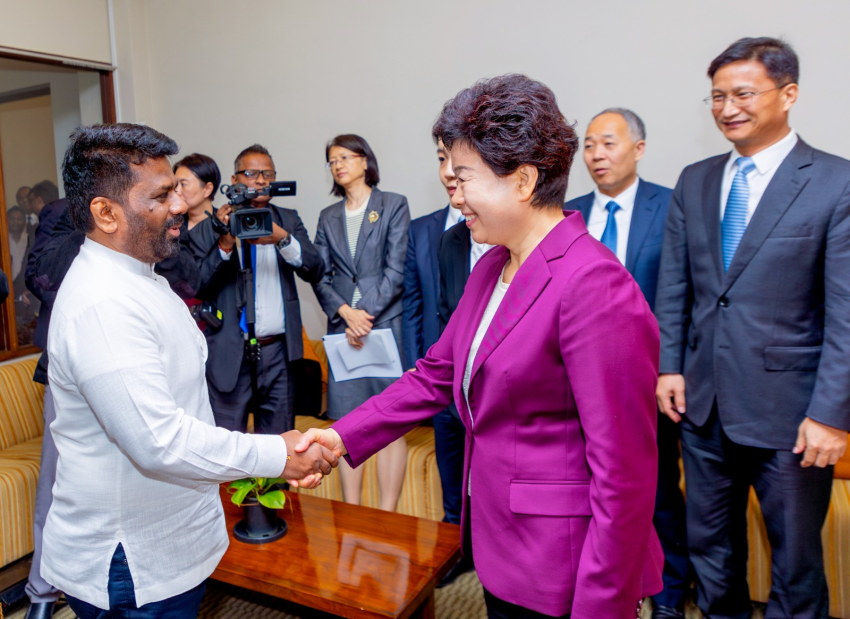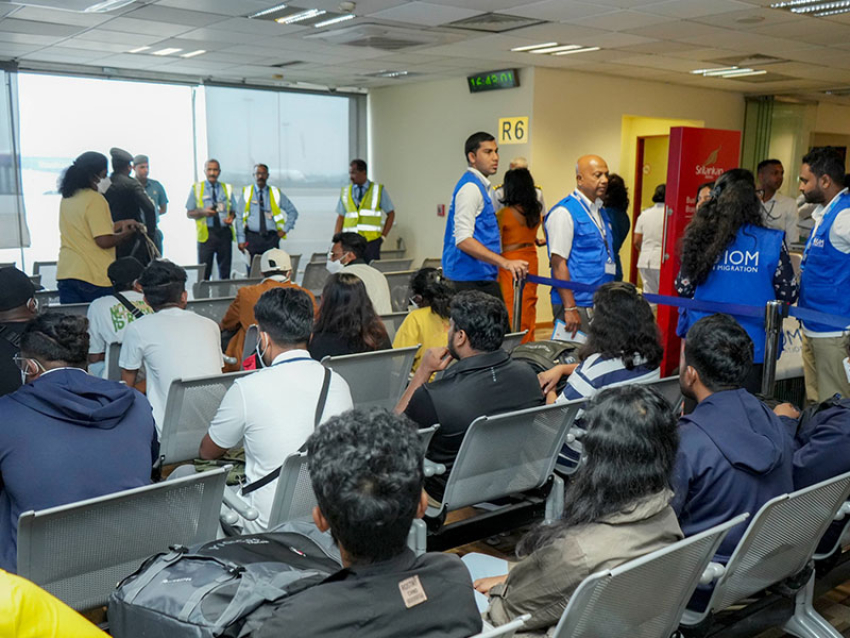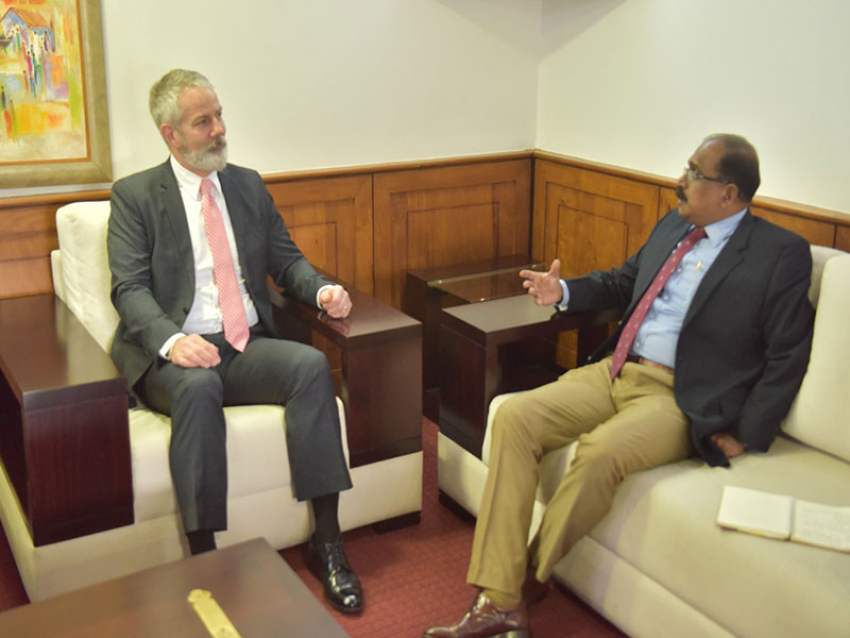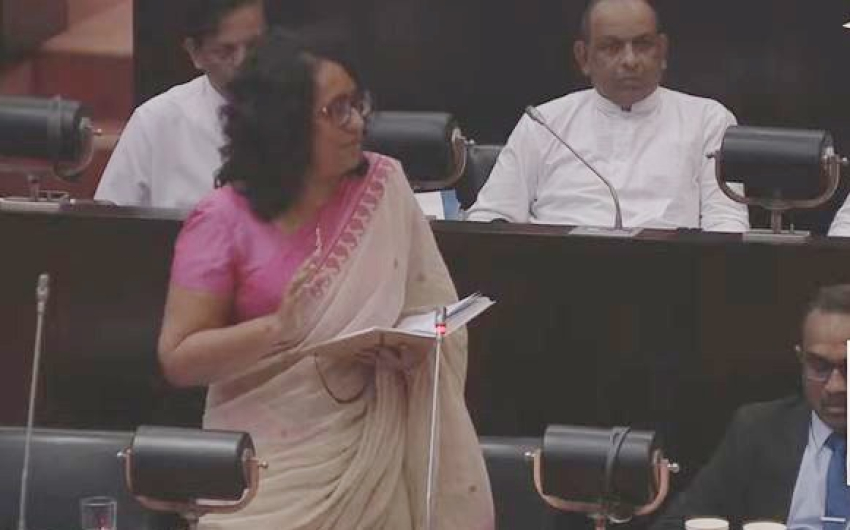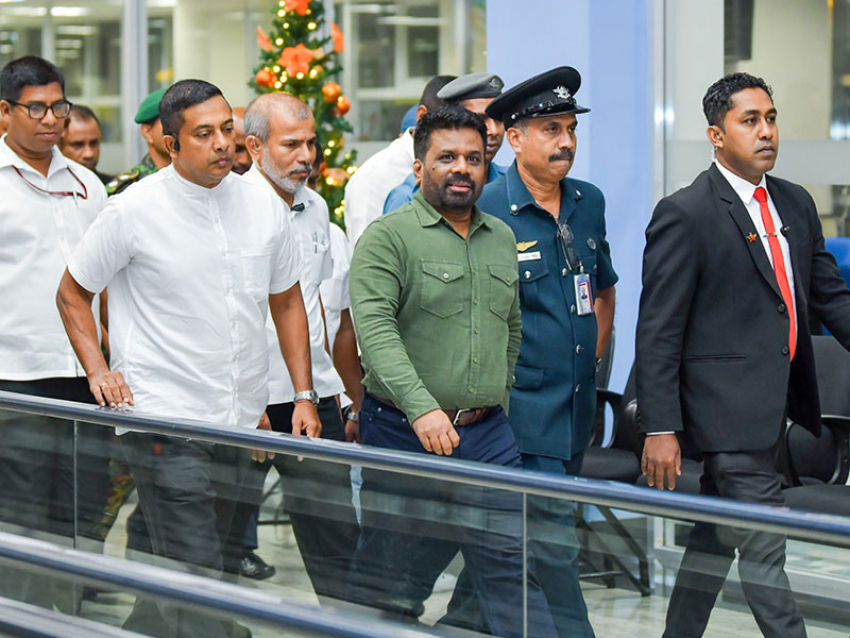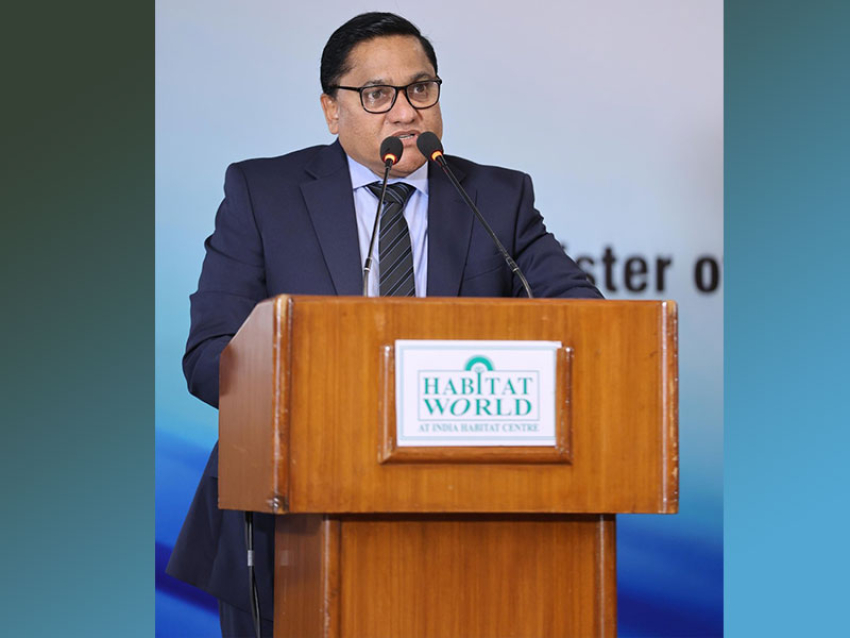It was January 5, 1981. Dressed in a white shirt and a white pair of shorts, I entered Ananda College, Colombo, for the first time. Unlike the other students, I had the rare privilege of hanging on to my mother’s hand – she was allowed in as she was a former teacher at Ananda, the country’s leading Buddhist school.
She first took me to the famous Buddhist Shrine at Ananda and we paid homage to the Buddha. Even now, 40 years later, whenever I visit the school, I make it a point to go there first. The Shrine is the most important and spiritually significant edifice in the college compound and perhaps the best known one to the outside world.
When we came out of the Shrine, my eyes first focused on the building right opposite it – one of the oldest buildings at Ananda which now houses the school library. And then I saw a building I did not expect to see in a school – a huge, white, five-storeyed building known as the “Pas Mahala”. I wanted to go there first, but then a teacher came and escorted all the new students to the playground pavilion, which housed the Grade 6 classes.
One year later, we got the chance of moving to the famous Pas Mahala, which housed the Grade 7 and 8 classes. With 15 classes in each grade, it was a tight fit. In fact, with a Grade 6-12 student population of nearly 4,000, there was a paucity of buildings. We found out about this the hard way in Grade 9, when we were moved to what was known as the “Takarang Shed”, a temporary building. On the days when the heavens opened, water poured in from the cracks in the tin roof (of course, back then we enjoyed it).
“Sath Mahala”
All these factors led the school authorities to consider having an even bigger building to house the expanding student population. They also found that the ageing Pas Mahala posed safety problems as well. Hence a decision was taken to demolish the Pas Mahala and build a seven-storeyed building instead. This would naturally be known as the “Sath Mahala”. It is an ultra-modern building with all facilities for students and staff.
The foundation stone for this landmark edifice was laid by then Defence Secretary Gotabaya Rajapaksa, an illustrious son of Ananda himself, around seven years ago. However, worked progressed at a snail’s pace due to various factors and it took around 5-6 years to complete the building. In a supreme tryst of destiny, Gotabaya Rajapaksa had since become the first Anandian ever to hold the post of Executive President and will be opening the very building that he literally laid the foundation for, today (7). This is a great achievement for Ananda and good news for the students who will now have more spacious classrooms and other facilities.
This will indeed be another significant landmark in the history of Ananda College, the premier Buddhist educational institution for boys originally known as the English Buddhist School. It opened its doors to just 37 students on November 1, 1886 at 61, Maliban Street, Pettah. C. W. Leadbeater was the first principal. It was named Ananda College in 1895, after Arahat Ananda Thera, the Buddha’s most devoted disciple.
The founder of Ananda College Col. Henry Steele Olcott, Ven. Hikkaduwe Sri Sumangala Thera and others in the Buddhist Theosophical Society wanted to start a school for Buddhist students. As the school’s mission statement makes it clear, the teachers at Ananda “lead the sons of Ananda through a path of moral and intellectual discovery, instilling Buddhist values and patriotic senses while fulfilling National Educational Goals”.
However, in the true spirit of Buddhist and Sri Lankan traditions, Ananda was home to staff and students from all ethnicities and religions. Among the other aims that Ananda’s founders had in mind were to: promote higher education to produce more and more professionals, scientists, scholars, members for the medical and engineering professions and generations of learned men for State administration; promote education based on the philosophy of the Buddha for gainful worldly existence; produce a generation of Anandians with the ability to look at the future retrospectively; equip the students with the knowledge of their rights and responsibilities, social norms, legal and moral obligations that are fundamental to the development of a modern and model society; develop an Anandian identity by equipping the students with the skill and knowledge necessary to achieve local and international recognition.
Glorious history
If one looks back at the glorious history of Ananda College, it becomes apparent that Anandians have abundantly fulfilled these obligations. The students of Ananda have climbed to the highest positions in their respective fields and remain Anandians at heart throughout their lives, wherever in the world they may be.
Today, Ananda has produced a President, a Prime Minister (Ratnasiri Wickremanayake), Speaker (Karu Jayasuriya), ministers, Supreme Court Judges including newly-appointed Yasantha Kodagoda, leading members of the Armed Forces including Field Marshal Sarath Fonseka, Admiral of the Fleet Wasantha Karannagoda and Defence Secretary Maj. Gen (Retd.) Kamal Gunaratne, and a large number of professionals in various sectors.
That is the rich legacy of Ananda. On this day when Ananda gets another facility for its students, all Anandians will also remember with gratitude Anandians who made the Supreme Sacrifice in the defence of the nation. A memorial in the school compound tells their story and keeps their memories alive. No Anandian can ever forget these heroic sons of Ananda whose patriotism and bravery knew no bounds.
I have read a nice story related to the entry of Anandians to the Security Forces. Many decades earlier, the Forces’ intake was mostly from the elite private schools in Colombo. When Ananda won the Governor’s Cup, Principal L. H. Mettananda was overjoyed and met Prime Minister Dudley Senanayake. Mettananda is said to have asked the Premier - “will the doors of the Forces be open to Anandians now?”. The Prime Minister had assured that he would take the top four Governor’s Cup performers from Ananda to the Forces. The rest, as they say, is history.
Strict disciplinarians
Patriotism and bravery come naturally to Anandians. The morning assembly session lays the groundwork for a feeling of patriotism that lasts through the day and beyond, with the strains of the school song ‘Dina Dina Kithugosa Bovi’ wafting through the morning air, along with the National Anthem. Even the House names impart a sense of pride, evoking ancient Buddhist kings such as Gemunu, Vijaya, Asoka and Parakrama. Classes also get turns for the ‘Mal Poojawa’ (paying homage to the Buddha) at the College Shrine, which is always an inspiring experience in a school whose motto is Appamado Amathapadan, a stanza from the Dhammapada.
Discipline and obedience are other virtues that students gain during their time at Ananda. From the orderly fashion the students line up for the morning assembly in their spotless white uniforms and the Mal Poojawa to their excellent conduct in the classrooms, discipline is ingrained in the students of Ananda. Some of Ananda’s best principals and teachers were not only top educationists, but also strict disciplinarians.
Those associated with Ananda as founders, principals, teachers and students have enriched the society - and the history of this country. Such a list of eminent personalities from all ethnicities and religious persuasions reads like a who’s who of the country’s history before and after independence, including Ven. Migettuwatte Gunananda Thera, Ven. Balangoda Ananda Maitriya Mahanayake Thera, Ven. Heenatiyana Dhammaloka Thera, Ven. Paravahera Vajiragnana Thera, Tibetan monk poet S. Mahinda, Dr. Ven. Kotagama Wachissara Thera, Ven. Ambanwelle Pannasekera Thera, Walisinghe Harischandra, A.E. Buultjens, Fritz Kunz, Sir D.B. Jayatilaka, T.B. Jayah, P De S Kularatne, G.P. Malalasekara, L.H. Meththananda, G.W. Rajapakse, S. A. Wijetileke, Lt. Col. E. A. Perusinghe, Dr. N.M. Perera, Ratnasiri Wickramanayake, P.B.G. Kalugalle, Ambassador W.S. Karunaratne, Prof. Stanley Wijesundera, Prof. Kumarasada Rajasuriya, I.M.R.A. Iriyagolla, Thomas Amarasuriya, Dr. S.A. Wickramasinghe, Stanley Thilakaratne, D.B. Welagedara, Regi Siriwardena, Philip Gunawardena, Sam Wijesinha, D.J. Wimalasurendra, Tarzie Vittachchi, Dr. Ananda Tissa de Alwis, B.D. Rampala, Dr. D.B. Nihalsinghe, G.P.A. de Silva, Prof. Neil Fonseka and Ambassador Gunasena de Soyza. These are, of course, a just a few names among thousands. Moreover, Ananda’s fame has spread far and wide just decades after its inception, with personalities such as Rabindranath Tagore and Mahatma Gandhi visiting the school.
Asia’s first Nobel laureate Tagore visited Ananda on November 10, 1922, as chief guest at the annual prize giving. “I acknowledge that the life of Ananda is its humility and unassuming nature,” he told the students, a sentiment which holds true to this day.
But academic excellence is not the Anandians’ only forte. Emphasis was always placed on the importance of sports and other extra-curricular activities that aid mental and physical development. Anandians have excelled in a variety of sports, but cricket easily takes the crown. The crowning moment for cricket at Ananda came with old Anandian Arjuna Ranatunga captaining the Sri Lanka cricket team to victory at the Wills World Cup in 1996. The annual ‘big match’ versus Nalanda College (since 1924) is eagerly looked forward to by all Anandians, past and present.
Today’s ceremony will be a moment to reflect on the legacy of founder Col. Henry Steele Olcott. All Anandians will again remember him with unreserved gratitude, for he was responsible for a revolution in Buddhist education in the country. This is how he described Ananda in his own words: “Seeds have been sown. These have grown and become large trees. No force on this earth or above can stop its growth and fruition in the future.”



